Your cart is currently empty!
Thoughts and Happenings
-

Join the rebel alliance
Over the past few weeks I’ve been watching the second season of the Star Wars series Andor. I am absolutely loving it and glad to see the Star Wars franchise still has some magic in it. And not just magic, but some spine, too! What we’re seeing now is the result of years of work,… Read more
-
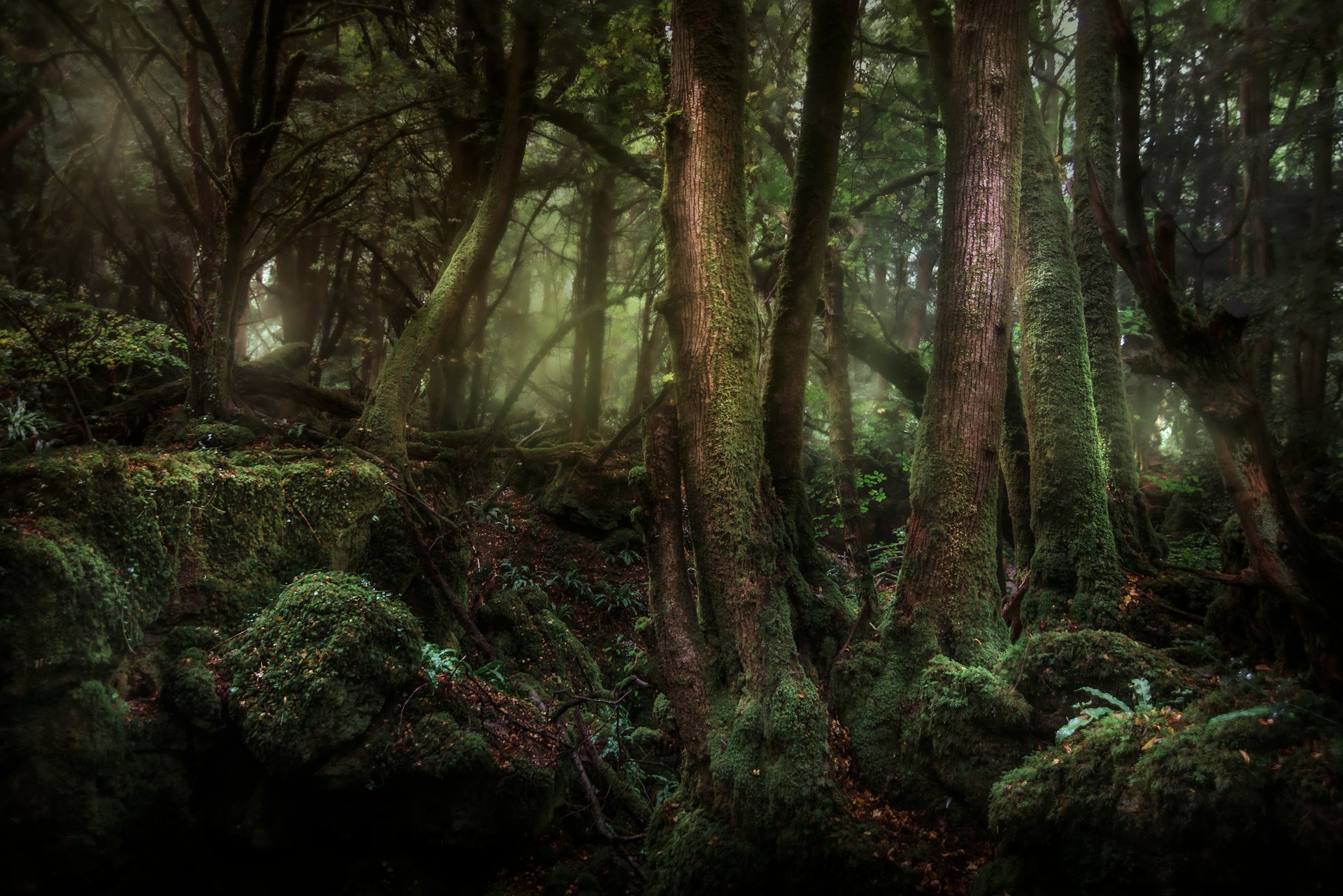
Plant more trees
Many seek online spaces of safety. But that doesn’t serve the profits of capitalism or bow to fascism, so the open internet, now all but totally coopted, will just not do. Read more
-

The Evolving Gaze
I’m thrilled to have two paintings included in the latest volume of the International Human Rights Arts Movement journal. Here’s what they have to say about it. Read more
-
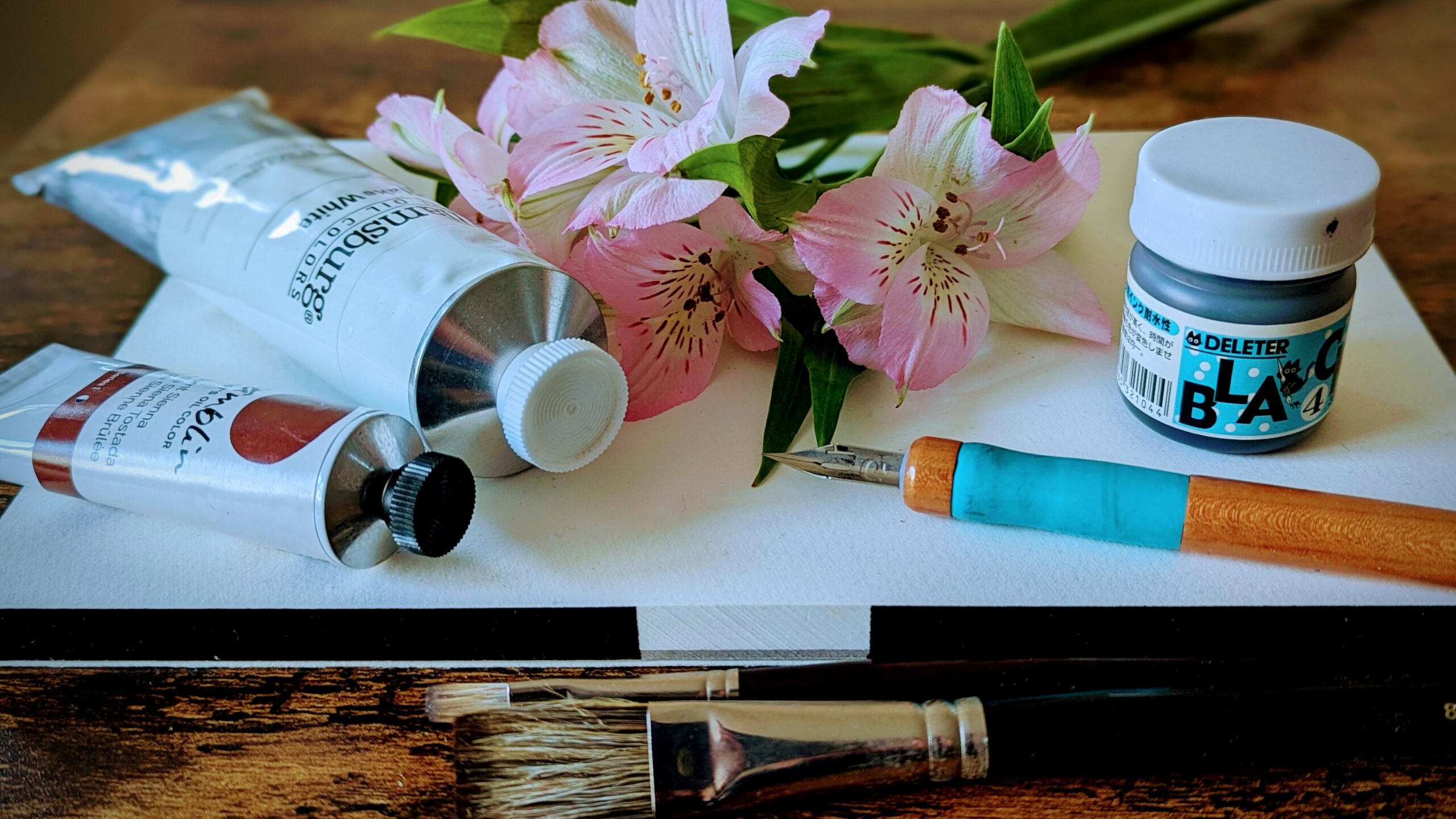
Building Worlds Fast and Slow
Something easy to clean up would mean easy to disappear. In a way, it would be like erasing me along with the mess. I want to say I was here and left this work, this world, this vision. Read more
-

Alone in this dark forest?
A literary fact vs. fiction shot-and-chaser to read on leisurely evenings while contemplating the stars Read more
-
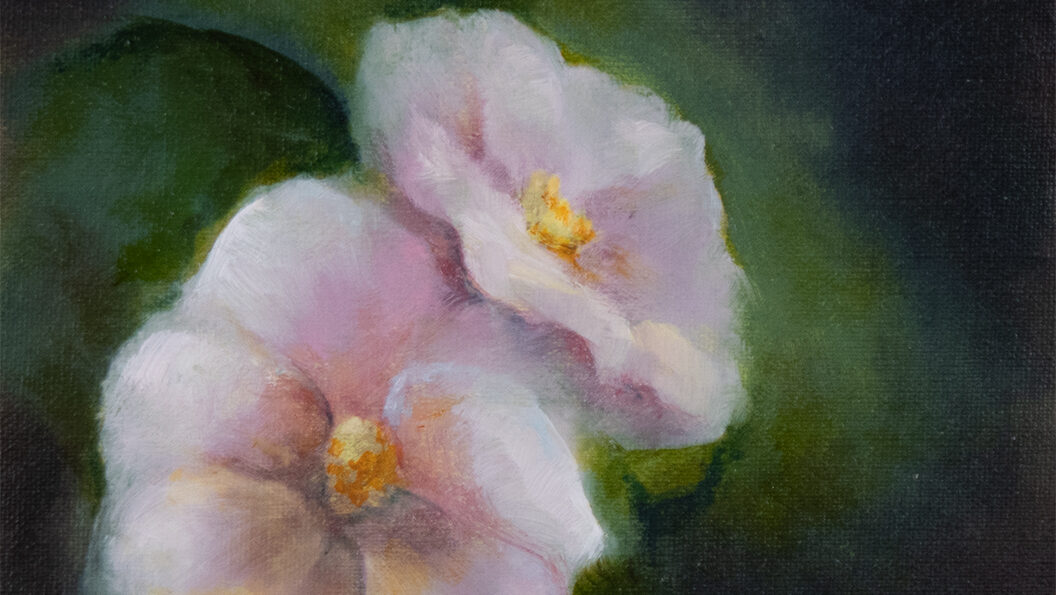
Signs of Intelligent Life
A reporter’s journey into a world that we interact with (and depend on) every day but rarely notice. At least not the whole story. Read more
-
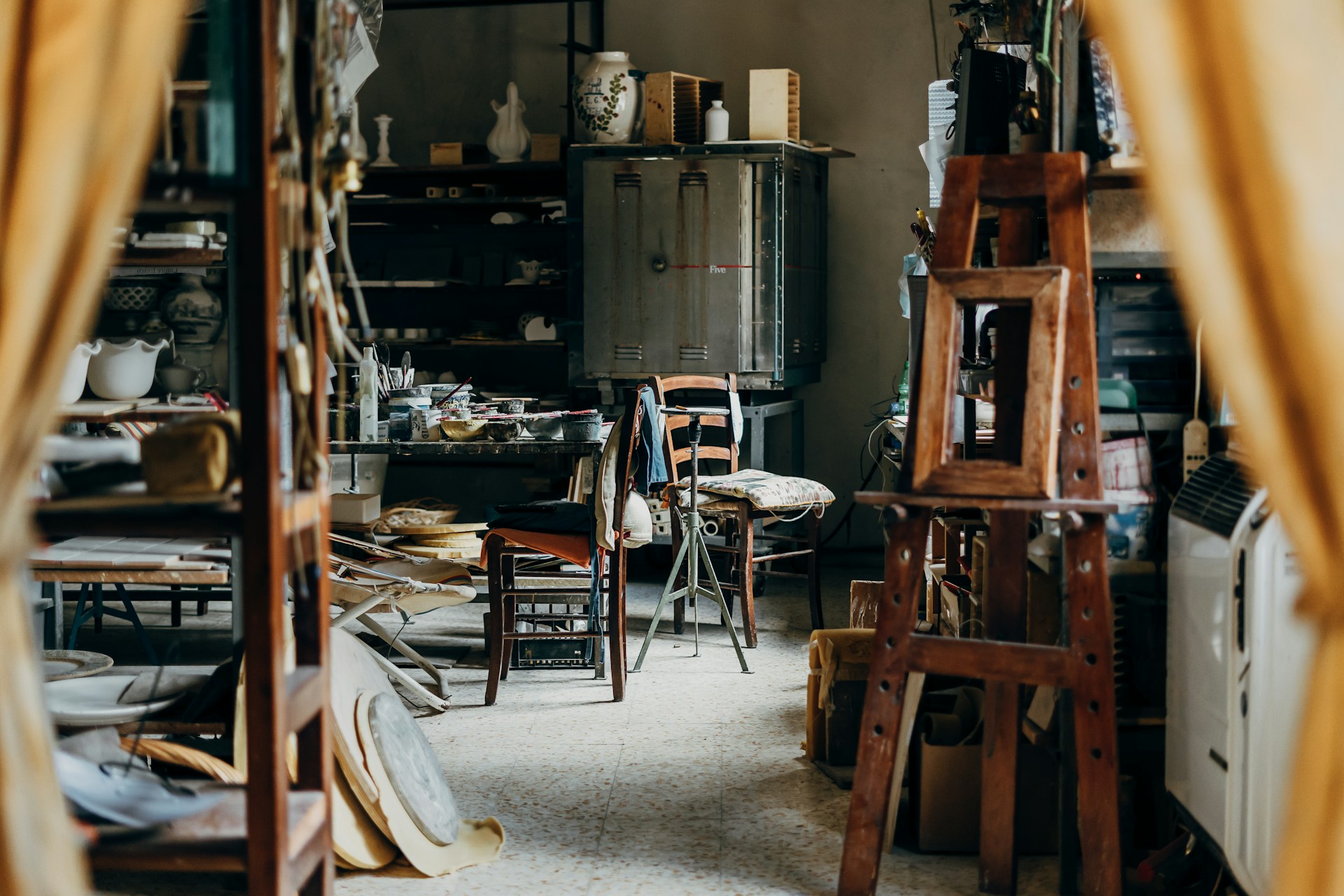
Ghost in the Machine
Musings on the ethical concerns surrounding large language models, colloquially referred to as AI, and where they do or do not fit in this artist’s creative process. Read more
-

Life, the universe and everything
Pondering the indeterminacy of life and art I muse on whether I’m conduit or origin. Read more
-
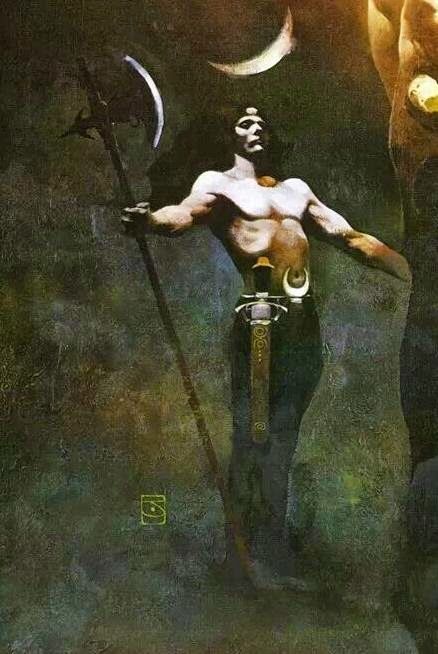
Got you covered
We want the gut punch of immediate visuals tickling the faster parts of our central processing unit to know if we should spare our precious and limited attention on something. A lot hinges on the humble cover. Read more
-

The Revolution Will Not Be Funded
Alright, darlings, let’s get busy with some feisty political talk—and, true to form, a big fat complicated book to read! The book is not immediately about art, it comes from the world of violence prevention work. But, it’s about art, too, even if they authors don’t mention it specifically. Hopefully you’ll stick with me on… Read more
